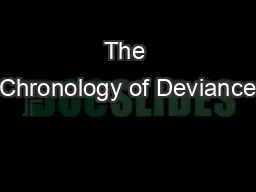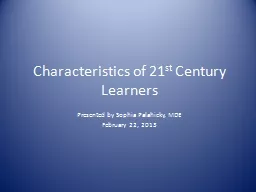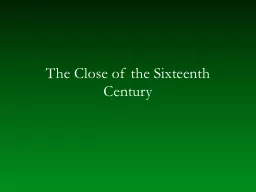PPT-385L40 Pre 4 th Century
Author : yoshiko-marsland | Published Date : 2018-11-02
Post 4 th Century Eôsphoros Dawnbringer Aphroditês astêr Aphrodites star Pyroeis Fiery Arêos astêr Ares star 155 Embassy of Greek philosophers Aristotelian
Presentation Embed Code
Download Presentation
Download Presentation The PPT/PDF document "385L40 Pre 4 th Century" is the property of its rightful owner. Permission is granted to download and print the materials on this website for personal, non-commercial use only, and to display it on your personal computer provided you do not modify the materials and that you retain all copyright notices contained in the materials. By downloading content from our website, you accept the terms of this agreement.
385L40 Pre 4 th Century: Transcript
Download Rules Of Document
"385L40 Pre 4 th Century"The content belongs to its owner. You may download and print it for personal use, without modification, and keep all copyright notices. By downloading, you agree to these terms.
Related Documents














